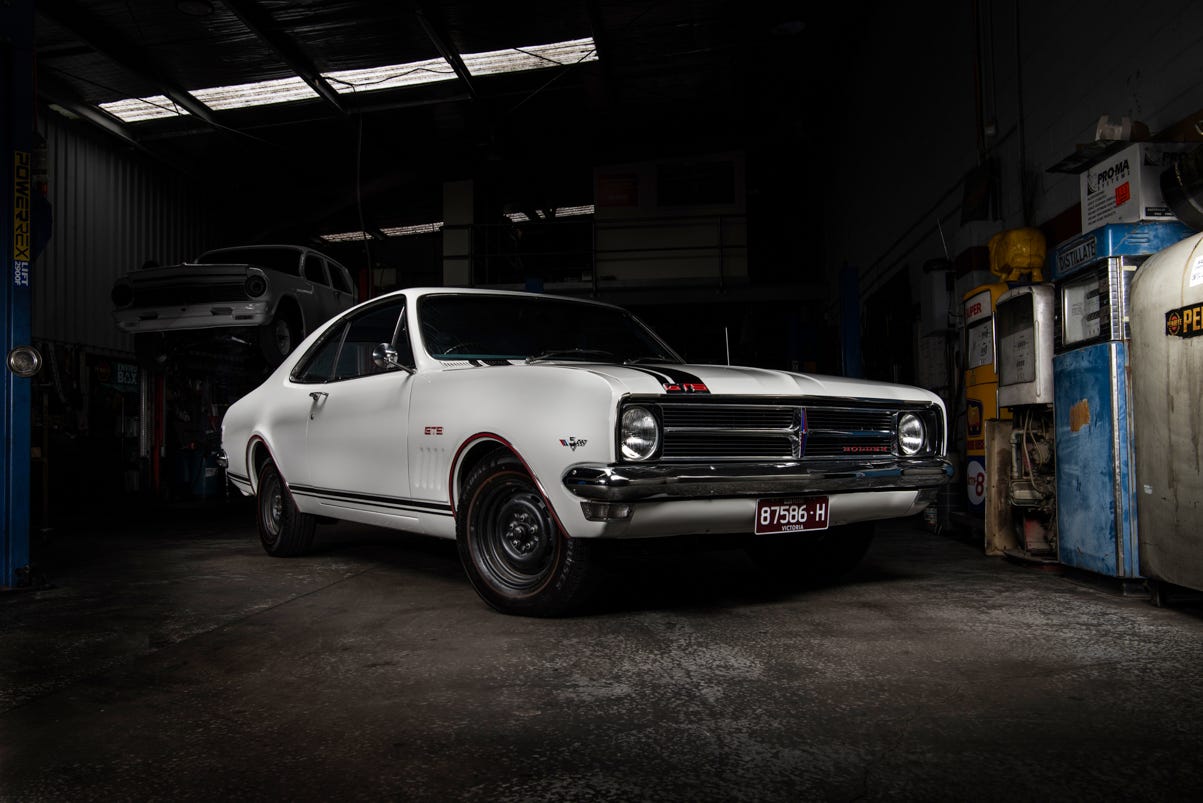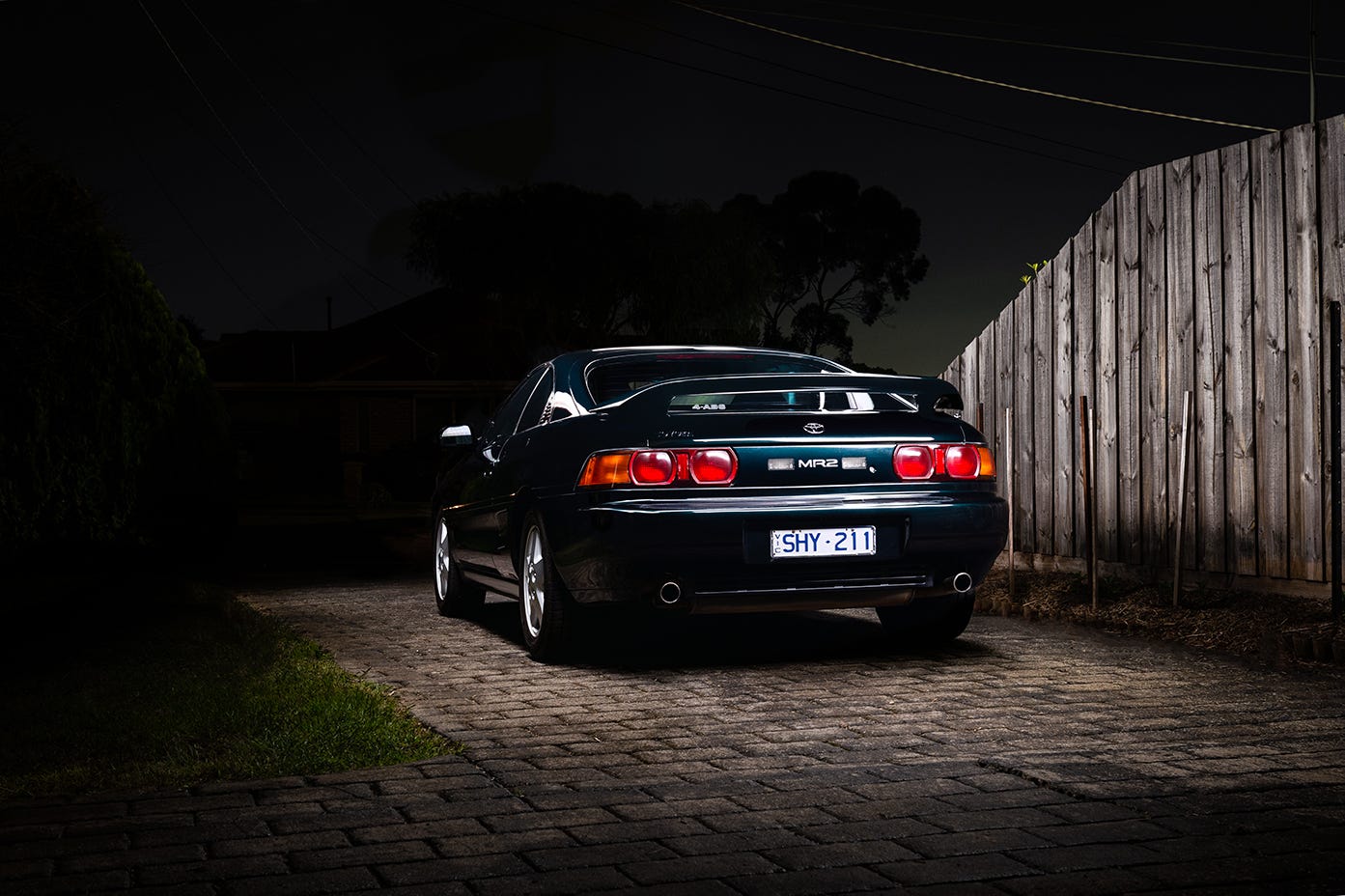Making money from owning nice cars? It almost sounds too good to be true, but the fact remains that in the past decade, investing in classic and unique cars has come into fashion. Most investors will tell you that commodities like houses and shares can be a safer investment, and it’s true there is risk involved when looking to the car market. However if you know what trends to follow and are prepared to be patient, there’s money to be made. We’ve put together a ‘cheat sheet’ of some rules to get you started, no matter what budget you have in mind.
Demand
The simple economic principle of supply and demand is a huge contributing factor when it comes to a car’s collectibility. With most classic models that exist there is a cult following alongside it. If it’s tough getting your hands on an example, prices are usually driven up when one becomes available. Look to cars with lower production numbers that are getting harder to come across.
Models like the classic Ferrari’s of the 50’s and 60’s were handmade in such small numbers they often sell in the tens of millions. For a more realistic example, only 18,000 Honda NSX’s were produced in their 15 years of production. For a recently built car by a popular manufacturer these figures are relatively low, and have helped contribute to its collectability.


Desirability
There is room for subjectivity here, but generally there are elements that will always strike a chord with enthusiasts. Factors like rear-wheel drive, a 2-door body, manual transmission or sportier high-revving engines are all important. If looking at two identical classic sports cars with one being an automatic and the other being manual, the latter will almost always be more collectible.
It’s no coincidence that front-wheel drive models like the Toyota Celica and Mitsubishi FTO sell for a fraction of the price of their 90’s RWD counterparts like the RX7 and Supra. The rear-wheel format is seen to be ‘purer’ and typically more engaging to drive among enthusiasts.


Emotional Connections
Most petrol-heads grow up with posters of their favourite cars on their bedroom walls. In many cases, those who reach financial stability in their 30’s and 40’s look to live out their adolescent dreams of owning their old dream cars. This is a factor to why popular 90’s JDM models are beginning to go through-the-roof in terms of collectibility. The teenagers of the 90’s who idolised these cars are now the ones with the money to spend.
Predicting the next Toyota Supra or Subaru WRX that will begin to jump in value may be tricky, but a few models have the characteristics that are desired. Turbocharged Toyota MR2’s of the 90’s already demand a strong asking price. However the more affordable naturally-aspirated models have also started to rise as collectors realise their value. In 5 years time, an original example may be worth twice what it is today.


Condition
This one may seem obvious, but when it comes to car collecting – completely stock and original examples are ideal. Car modifications are simply a reflection of an owner’s taste. Those who spend large amounts of money putting aftermarket parts on classic cars are usually aware they won’t get it back. Take the classic Aussie car scene for example. There has always been a cult following of ‘street machines’ – older Australian cars with big dollars spent on body-fabrication, custom wheels and running gear. A 1970’s Holden Monaro with $300,000 spent on it may be lucky to sell for a third of that amount, whereas an original example in excellent condition might easily sell for over $300,000.


If you’re looking at a car as an investment, find one with as little modifications as possible. Even small details like the cassette radio which the car came with from the factory may be a great sign to future buyers that your example is original.
Finding the right car that will increase in price relies on intuition and trusting your instincts. However with the right research, following most of these rules and analysing past trends you can increase your odds of making some serious coin.



